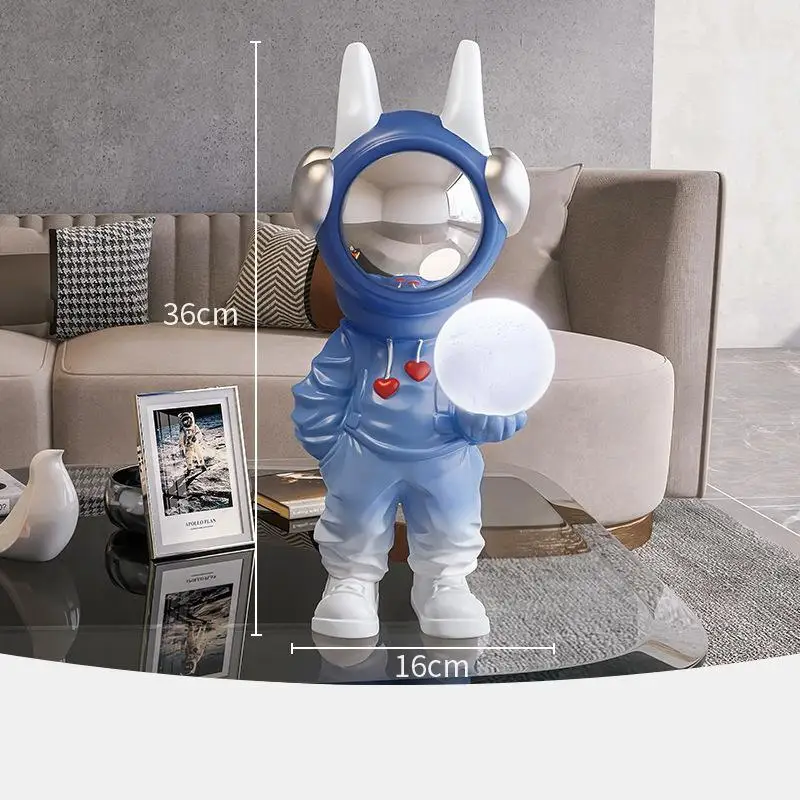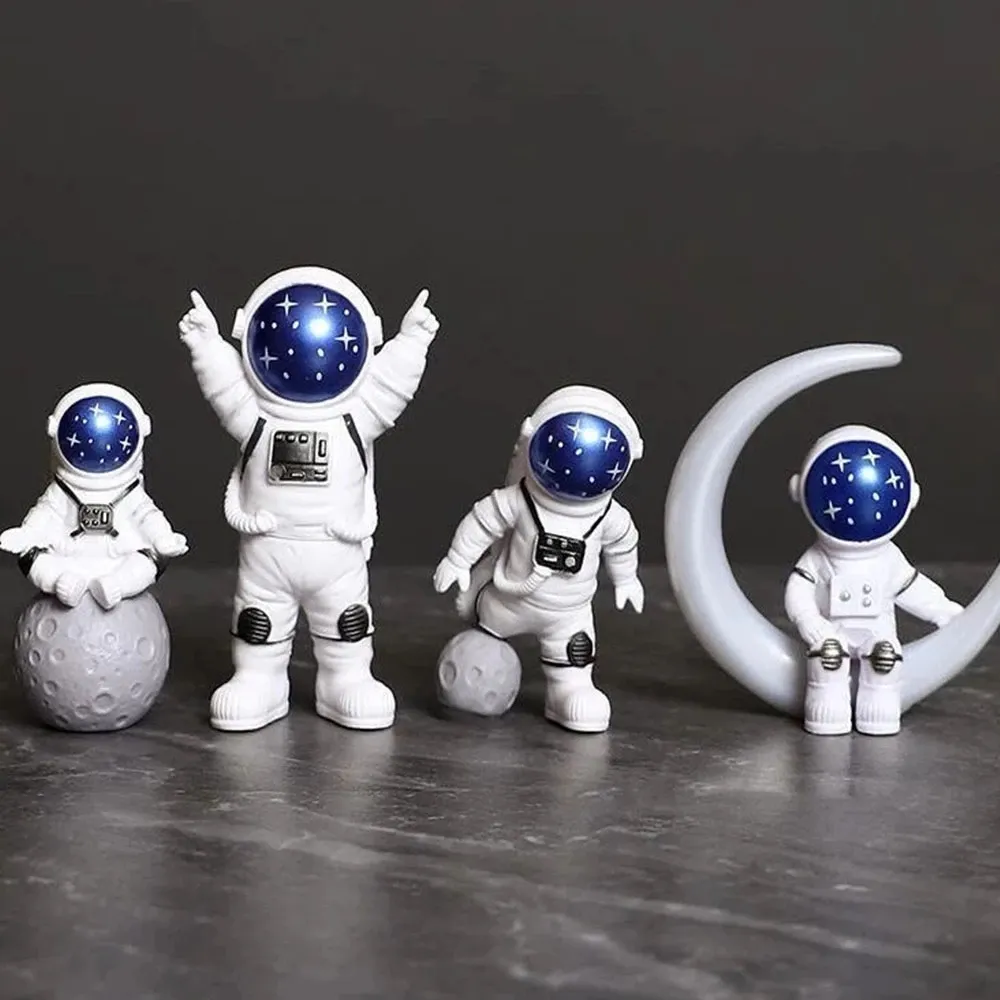How many Satellites are in Space?
How many Satellites are in Space?
The Importance of Satellites in Space Exploration
Satellites play a vital role in modern-day space exploration. They are artificial objects placed in orbit around celestial bodies, usually Earth, to collect valuable information and provide essential services. With thousands of satellites currently orbiting our planet, they have revolutionized various aspects of our lives.
Satellites enable global communication, meteorological observations, navigation systems, and even scientific research. These advanced technological marvels have truly transformed the world we live in.
Satellite Communication
Satellites dedicated to communication purposes are known as communication satellites. These satellites enable long-distance communication by connecting different parts of the world. Through the deployment of communication satellites, people can make phone calls, send text messages, browse the internet, and access television broadcasts anywhere on Earth.
Communication satellites facilitate real-time information exchange, enabling businesses to operate globally, individuals to stay connected with loved ones, and governments to coordinate effectively.
This revolutionary technology has made the world a smaller place, fostering global connectivity and enhancing our ability to interact across continents.
Weather Observation Satellites
Weather observation satellites collect valuable meteorological data from space. These satellites capture images of Earth’s atmosphere, monitor weather patterns, and provide accurate weather forecasts. They play a crucial role in predicting hurricanes, typhoons, and other severe weather events, allowing authorities to issue timely warnings and take necessary precautions.
Accurate weather forecasts and early warnings provided by weather observation satellites help save lives, protect property, and enable efficient disaster management. These satellites have significantly improved our understanding of Earth’s climate and weather systems, leading to advancements in climate research and modeling.
Weather observation satellites have revolutionized the field of meteorology, making it possible to monitor weather conditions globally and contribute to our understanding of the Earth’s dynamic climate.
The Different Types of Satellites in Space
There are various types of satellites deployed in space, each serving a specific purpose. Understanding the different categories of satellites is crucial to comprehending their vast contribution to space exploration.
Let’s explore two major types of satellites:
Navigation Satellites
Navigation satellites, such as the Global Positioning System (GPS), provide accurate positioning, navigation, and timing services. These satellites operate in the Global Navigation Satellite System (GNSS), enabling users worldwide to determine their precise location, navigate efficiently, and synchronize time across different devices.
GPS navigation systems have become an integral part of our daily lives, assisting in navigation while driving, hiking, or even when tracking fitness activities. Navigation satellites have transformed the way we navigate and explore the world, making it easier to reach our desired destinations effectively and discover new places confidently.
The constant advancements in navigation satellite technology continue to enhance our daily lives and support a variety of industries, including aviation, shipping, transportation, and emergency services.
Scientific Research Satellites
Scientific research satellites are specifically designed to conduct various experiments and gather scientific data in space. These satellites contribute to fields such as astronomy, astrophysics, Earth sciences, climate research, and environmental monitoring.
Scientific research satellites enable scientists to explore the universe, study celestial objects, monitor Earth’s environment, and understand the impact of human activities on our planet. They provide invaluable insights into our solar system, galaxy, and beyond.
With advancements in scientific research satellite technology, we continue to expand our knowledge of the universe and gain a deeper understanding of our place within it.
The Growing Number of Satellites in Space
In recent years, the number of satellites launched into space has increased significantly. Technological advancements, reduced launch costs, and the growing demand for satellite-based services have contributed to this surge.
Two noteworthy aspects related to the growing number of satellites are:
Small Satellites and CubeSats
Small satellites, also called CubeSats, are miniature, low-cost satellites that have become increasingly popular. These smaller satellites can perform a wide range of tasks, from communication and Earth observation to scientific research and technology demonstration.
CubeSats have opened up opportunities for universities, research institutions, and even enthusiasts to participate in space missions and conduct experiments in orbit. Their compact size and modular design make them versatile and cost-effective for various purposes.
The emergence of small satellites and CubeSats has democratized access to space, allowing more entities to contribute to space exploration and research.
Space Debris and Satellite Sustainability
The increase in the number of satellites also raises concerns about space debris and the long-term sustainability of space operations. As satellites reach the end of their operational life, they contribute to the growing population of space debris.
Space debris poses a significant threat to functioning satellites and the International Space Station (ISS). Efforts are being made to develop technologies to remove space debris and ensure the sustainability of future satellite deployments.
Managing space debris and pursuing sustainable practices in space operations are crucial for preserving our access to outer space and preventing potentially catastrophic collisions.
In Conclusion
The vast number of satellites in space has revolutionized modern life and transformed our understanding of the universe. Whether it’s communication, weather observation, navigation, or scientific research, satellites are indispensable tools in space exploration.
As technology continues to advance, we can expect even more innovative satellite missions that will further expand our horizons and unravel the mysteries of the cosmos.







